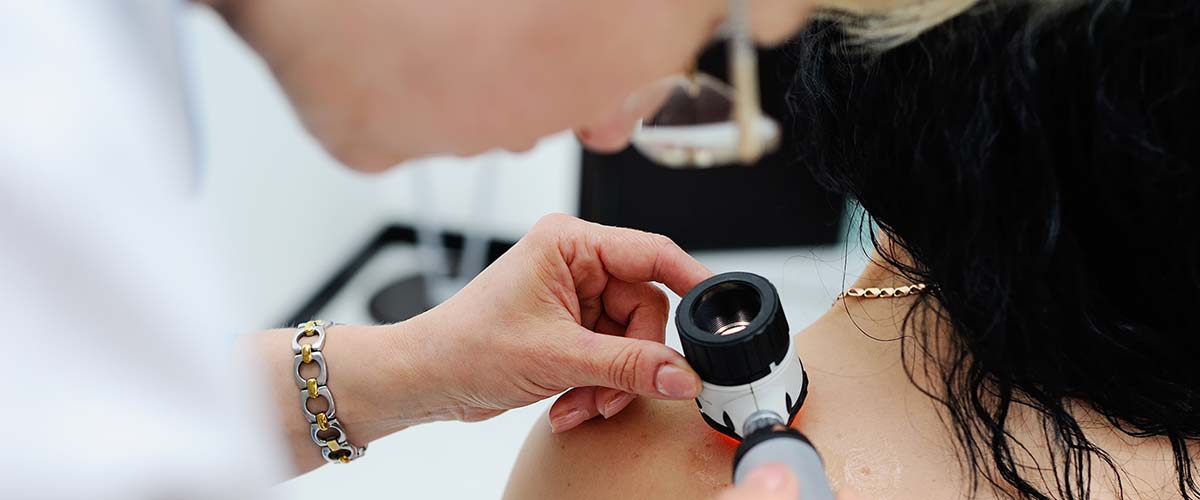Let's unpack the symptoms of sun damage and the ABCDE guidelines to follow from Melanoma Institute Australia so you can monitor your skin all year round.
Do you know how to spot the signs of skin damage from the sun? It's Important for us to understand how to spot the signs, and how to prevent our skin from sun damage as much as possible. In this article we discuss symptoms of sun damage and the ABCDE guidelines to follow from Melanoma Institute Australia so you can monitor your skin all year round.
SYMPTOMS OF SUN DAMAGE
To keep your skin healthy all year long, we recommend following our sun smart procedures to keep your skin safe from harmful UV rays. Our steps include wearing sunscreen and reapplying after 2 hours, covering up with a hat and sunglasses, and wearing loose fitting clothing when outside.
Self monitoring your skin is just as important as being sun smart. When analysing your skin for any signs of damage from the sun, we recommend following the ABCDE guidelines to monitor your skin in your own home. The ABCDE guidelines are there for you to follow for regular check ups at home, even though we still highly recommend getting regular skin checks by a professional.
So what are the ABCDE guidelines? Broken down into subcategories of asymmetry, border, colour, diameter and evolving, these are the key characteristics of what make up the ABCDE guidelines. We’ve summarised the steps below when regulating your skin care at home.
A is for Asymmetry
When looking for signs of skin damage, we recommend checking birthmarks and moles that look asymmetrical. Asymmetrical marks are those which look different on both sides in some certain way. If one-half of a birthmark or mole does not match the other, consult your skin care professional today and if possible try to keep track on how the mark changes.
B is for Border
Inspect your marks outskirts, does it look irregular or ragged? The border of the mark on your skin can be one way to identify the signs of skin damage.
C is for Colour
Colour variation is not normal for moles or birthmarks. Look for any signs of irregular mark colouring, such as various patches of red, white or blue. If you identify different and irregular colours, keep track of your skin spot and notify a skin care professional as soon as possible.
D is for Diameter
The diameter of your mark can be a sign of an unhealthy skin spot. If the diameter of your mole, birthmark or skin spot looks to be more than 6mm in size (about the size of an eraser), we recommend keeping track of the skin marks size, and to be checked as soon as possible by a skincare professional.
E is for Evolving
Is your mark changing or evolving? If your skin mark changes in size, chape, colour, or starts to get irritated easily (such as itching or crusting) continue to monitor the spots and visit your skincare professional to get your marks evaluated.
Protecting your skin from melanoma and unhealthy skin spots is as simple as applying appropriate skin care steps during the summer, and all year round. Remember to self monitor your skin regularly, including skin not normally exposed to the sun. Consider reading about our SunSense sun aware FAQs to learn more about our sunscreen range and how to protect your skin from UV rays.
Always read the label. Follow the directions for use. Avoid prolonged sun exposure and wear protective clothing, hats and eyewear to further reduce risk. Frequent re-application is required.
